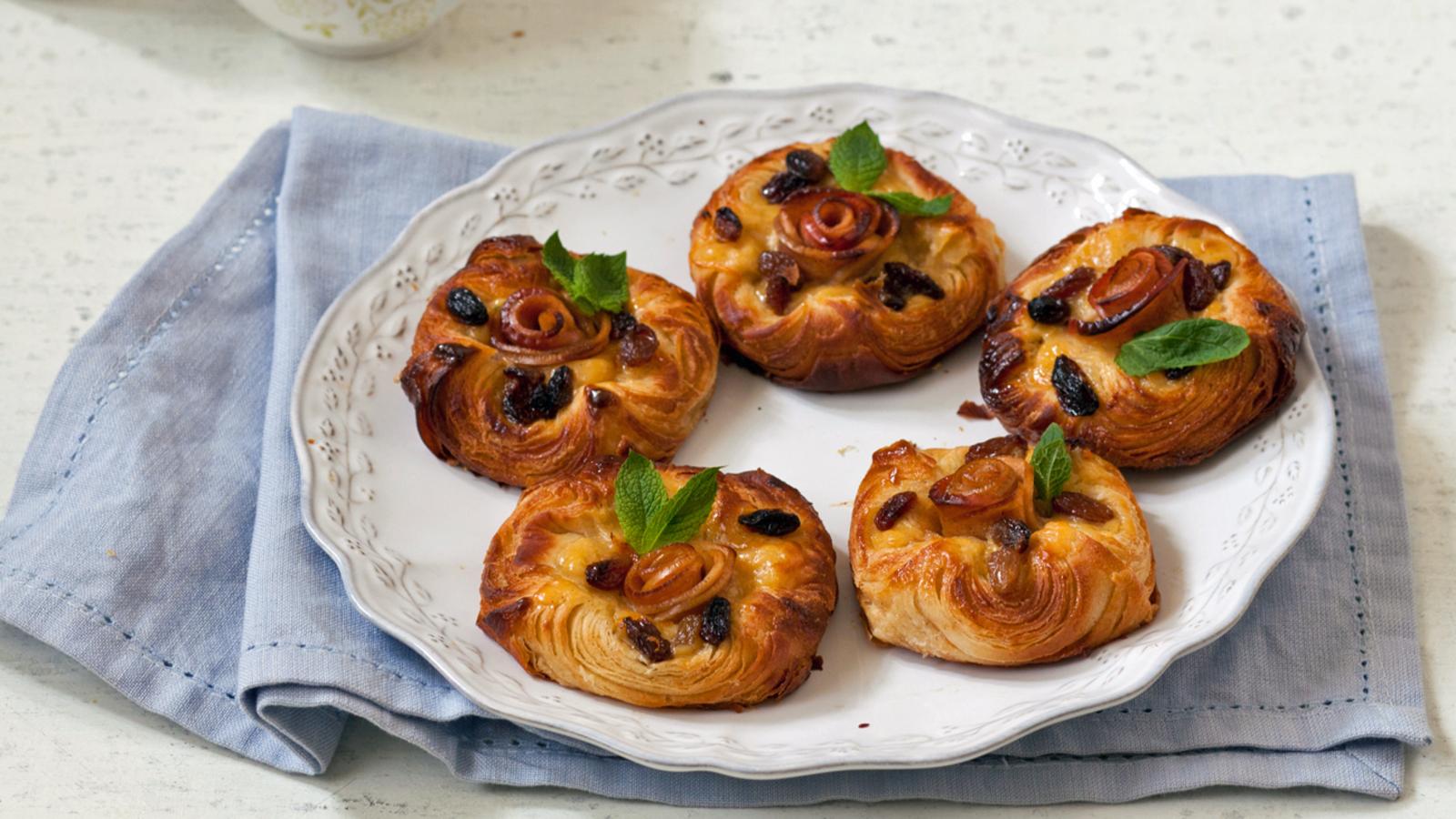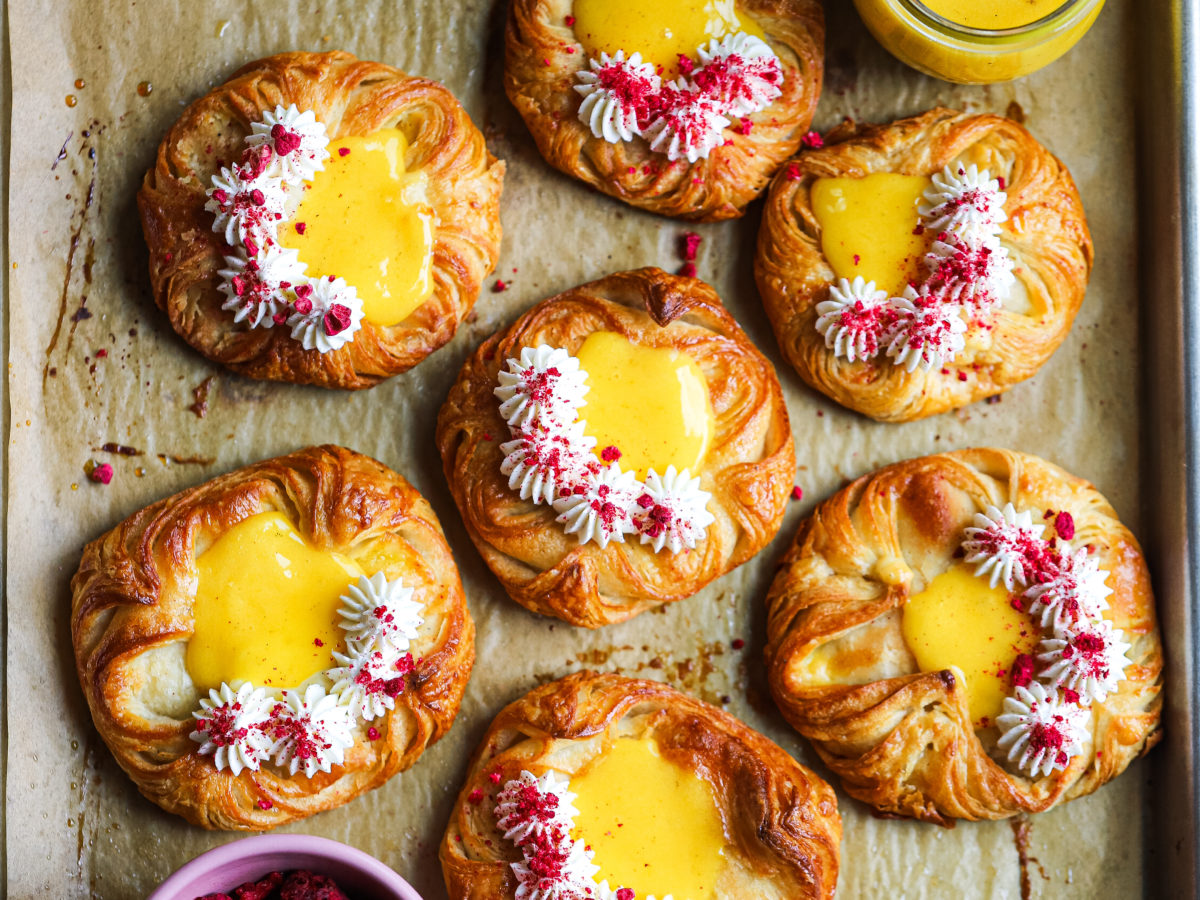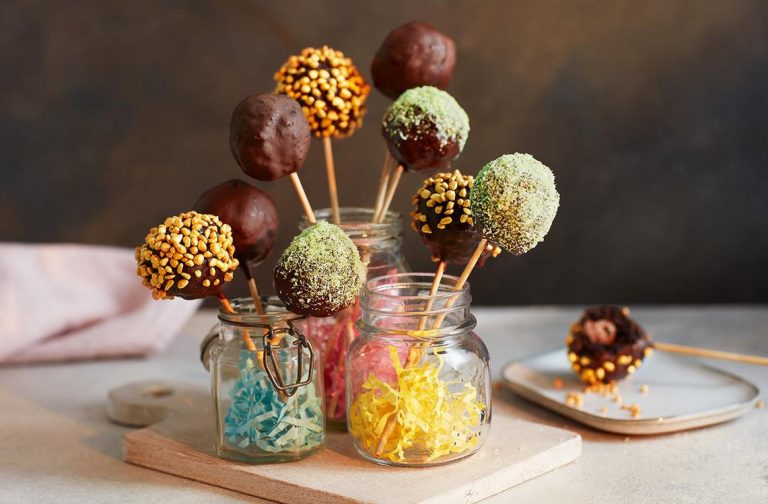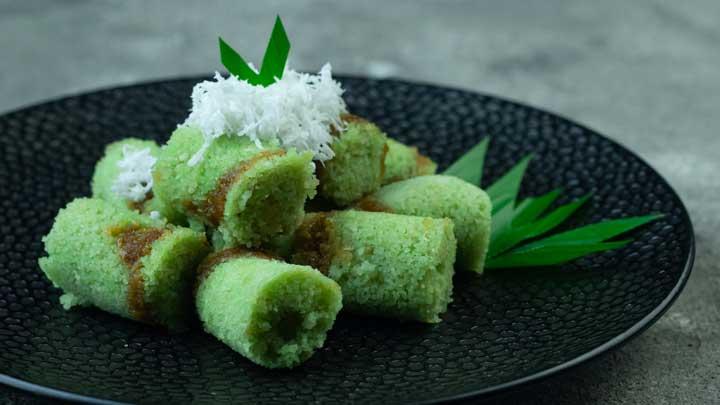When it comes to pastries, Denmark has a reputation for crafting some of the most delicious and delicate sweets in the world. And if you’ve ever tasted a Danish pastry, you know exactly what I mean. These sweet, buttery, and flaky treats have become iconic worldwide, often enjoyed with a cup of coffee or tea. But what exactly makes a Danish pastry so irresistible? Is it the light, melt-in-your-mouth texture? The beautiful layers of dough? Or is it the perfect combination of sweet fillings?
As someone who grew up indulging in these pastries on special occasions, I can tell you that Danish pastries are more than just food—they’re an experience. In this post, I’ll take you on a journey through the history of Danish pastries, the different varieties you can enjoy, and why they’ve become a global favorite. Whether you’ve already fallen in love with them or you’re new to this sweet treat, there’s always something new to learn about Danish pastry!
The History of Danish Pastry

You might be surprised to learn that Danish pastry, despite its name, didn’t actually originate in Denmark. Its roots can be traced back to Austria, where a similar pastry was created in the 19th century. The story goes like this: In the 1840s, a strike by Danish bakers led to the employment of Austrian bakers, who brought with them their skills in making a buttery, flaky pastry dough. This dough, known as viennoiserie, became the foundation for what would eventually evolve into the Danish pastry we know and love today.
The Danish version, however, took on a life of its own. Over time, Danish bakers developed their own distinct twist on the recipe, incorporating their country’s love for butter, sweet fillings, and intricate layers. The result? A pastry that’s crisp on the outside, soft on the inside, and bursting with sweet flavors.
Today, Danish pastries are enjoyed all over the world. In Denmark, they are referred to as wienerbrød (meaning “Viennese bread”), but internationally, they’ve come to be known simply as Danish pastries. Whether they’re filled with custard, fruit, or cream cheese, they’re a treat that’s sure to bring joy to anyone who takes a bite.
What Makes Danish Pastry So Special?
So, what’s the secret to the irresistible allure of Danish pastries? It all comes down to the dough. The dough used for Danish pastry folding butter into layers of dough. This creates those beautiful flaky layers that give Danish pastries their signature texture. But it’s not just about the layers—it’s about balance. The dough is slightly sweet, rich, and buttery, but it’s never too heavy or greasy.
But what truly sets Danish pastry apart are the fillings. Traditional Danish pastries often feature delicious fruit fillings, creamy custards, or rich cheese, offering a delightful contrast to the buttery dough. Whether topped with a sugary glaze or dusted with powdered sugar, these pastries are the perfect combination of texture and flavor.
Popular Varieties of Danish Pastry
Danish pastries come in all sorts of shapes and sizes, each with its own unique filling and toppings. Here are some of the most popular varieties that you’re likely to find in bakeries:
1. Spandauer
One of the most iconic Danish pastries, the Spandauer is a square-shaped pastry that’s often filled with custard or jam. The signature twist is the simple but beautiful fold in the dough that creates a pocket for the filling. It’s a perfect balance of sweet and rich, with a delightful bite.
2. Danish Butter Cookie
Though not a traditional “pastry” in the laminated dough sense, Danish butter cookies are a well-known part of Danish baking culture. These small, round cookies are made with butter and have a delicate, crumbly texture. They’re often found in decorative tins and are a favorite gift item during the holiday season.
3. Kringle
The Kringle is an elongated pastry filled with a variety of ingredients, such as almond paste, cream cheese, or fruit. This pastry is often shaped like a pretzel or an “S” and is popular in Denmark as well as the Midwest United States, especially in Wisconsin. It’s a perfect blend of buttery dough and a rich filling, making it a crowd-pleaser at any gathering.
4. Berliner
Similar to a jelly-filled doughnut, the Berliner is a deep-fried Danish pastry filled with jam or custard and dusted with powdered sugar. It’s often enjoyed as a treat for breakfast or dessert and is a fun, bite-sized version of the classic Danish pastry.
5. Cinnamon Danish
This variation is a fan favorite. A Cinnamon Danish is typically rolled into a spiral and filled with a sweet, cinnamon-spiced mixture. The dough is tender and flaky, and the cinnamon adds just the right amount of warmth and sweetness. A drizzle of icing on top often makes this pastry even more indulgent.
6. Danish Pastry Rings
Another popular form of Danish pastry, the pastry ring is shaped into a circular or twisted shape and typically filled with cream cheese, almond paste, or fruit filling. These are often topped with sugar, nuts, or frosting and served in larger portions, making them perfect for a brunch or special occasion.
How to Enjoy Danish Pastry
Danish pastries are best enjoyed fresh from the bakery, but they can also be made at home with a bit of time and effort. Here are a few ways to enjoy them:
1. With Coffee or Tea
In Denmark, it’s common to enjoy Danish pastries as part of a fika (coffee break). A steaming cup of coffee or tea pairs perfectly with the sweet, flaky texture of a pastry. Whether you’re relaxing at home or grabbing a quick break at work, a Danish pastry is the perfect accompaniment to your drink.
2. For Breakfast or Brunch
Danish pastries make a delightful breakfast or brunch treat. Whether you’re hosting a brunch gathering or enjoying a lazy weekend morning, these pastries are sure to impress. Serve them alongside fresh fruit and eggs for a balanced spread.
3. As a Dessert
With their sweet fillings and rich dough, Danish pastries are the perfect ending to any meal. Whether you’re serving them at a family dinner or a special occasion, these pastries are bound to be a crowd favorite.
Making Danish Pastry at Home
While buying Danish pastries from a bakery is always a treat, you can also try making them yourself! The process of creating laminated dough may take some time and patience, but the results are incredibly rewarding.
Conclusion
Danish pastry isn’t just a treat—it’s a piece of Danish culture that’s loved all over the world. Whether you’re indulging in a buttery Spandauer, savoring a sweet Cinnamon Danish, or enjoying a classic Kringle, there’s something special about the texture and flavor of these iconic pastries.



















